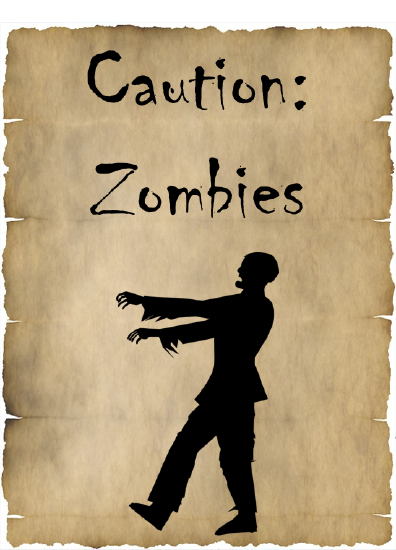The Semicolon: It’s Not a Strong Comma

It’s true. The semicolon is used for more things than just winking in text. ;)
One of the main uses of a semicolon is to separate two independent clauses.
The semicolon isn’t like a comma; it’s really more like a period. Using a semicolon like a comma can definitely create some trouble.
First, let’s take a step back and explain the difference between an independent clause and a dependent clause. An independent clause expresses a complete thought. An independent clause is usually called a sentence. Conversely, a dependent clause is a group of words that may contain a subject and verb but does not express a complete thought.
example
Independent clause:
I ran quickly to escape the zombie I encountered on Main Street.
Dependent clause:
Although I ran quickly to escape the zombie I encountered on Main Street,
Can you see the difference?
The first example is a complete sentence, and the second example isn’t. Of course, we also know the first one has a happy ending, and we aren’t so sure about the second one.
So now that you understand what an independent clause is and that a semicolon connects two independent clauses, we can begin to look at how the semicolon can be used.
Joining Clauses
Semicolons to Join Clauses
You should use a semicolon when you’re joining two independent clauses without a connecting word. The semicolon functions, structurally, just like a period. The difference is that the semicolon between the two independent clauses shows they are connected, as illustrated in the following examples:
example
If you want me to vote for you, you are going to need to tell me what I want to hear; if you are lying, I guess I will worry about that later.
I am so tired of spending so much money on canned food for my zombie apocalypse hoard; I am pretty sure the grocery store clerks are laughing at me behind my back.

In Lists
Using Semicolons in Lists

So right after telling you that semicolons shouldn’t be used like commas, we should discuss one situation where the semicolon does function more like a comma. However, this is a very particular situation, so you’ll want to pay close attention.
You should use semicolons when you are separating items in a list that contain commas. Here is an example:
example
At the Comicon conference, I met Jeanne, from Dallas, Texas; James, from Bend, Oregon; and Stacey, from Bangor, Maine.
Because the items in the series contain commas themselves, it would be confusing to add more commas to the situation. In this particular instance, the semicolon separates the items in a series.
Tips from the Professor
Semicolons can feel a little confusing because sometimes they’re used to separate items in a series, as mentioned on the previous page, but they are really nothing like a comma. In terms of sentence structure, they can separate independent clauses, just like a period.
If you have the habit of using a semicolon like a comma, it’s important to work to break that habit. When you edit your writing, it’s a good idea to circle all of the semicolons you have used. Then, ask yourself why each semicolon is there. If you’re using it like a strong comma, you’ll need to revise.
The following video from the Grammar Professor can help you if you continue to struggle with semicolons.





